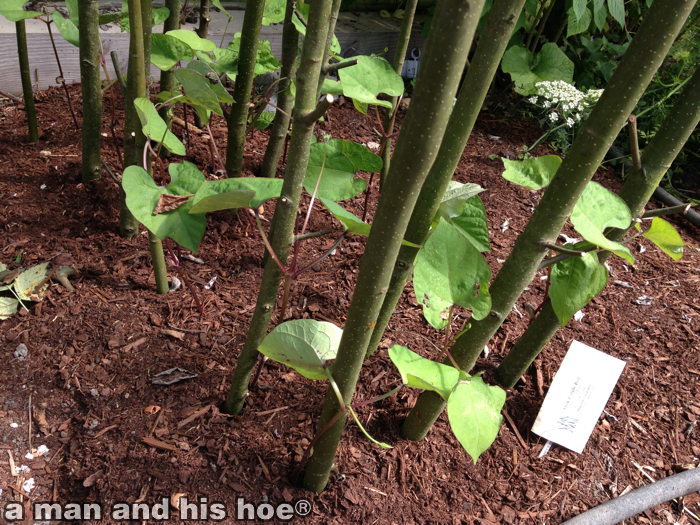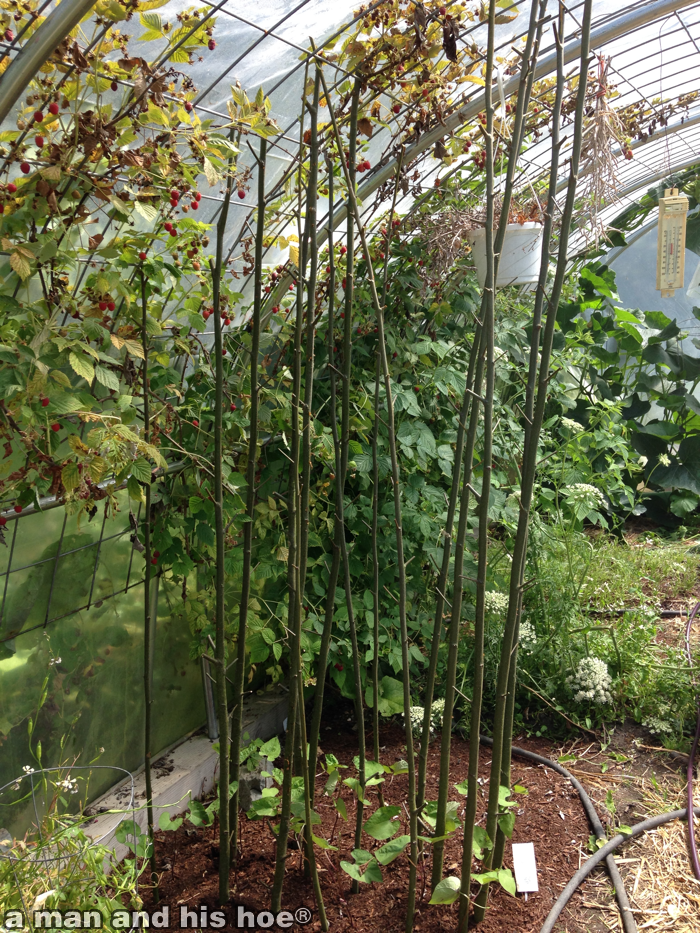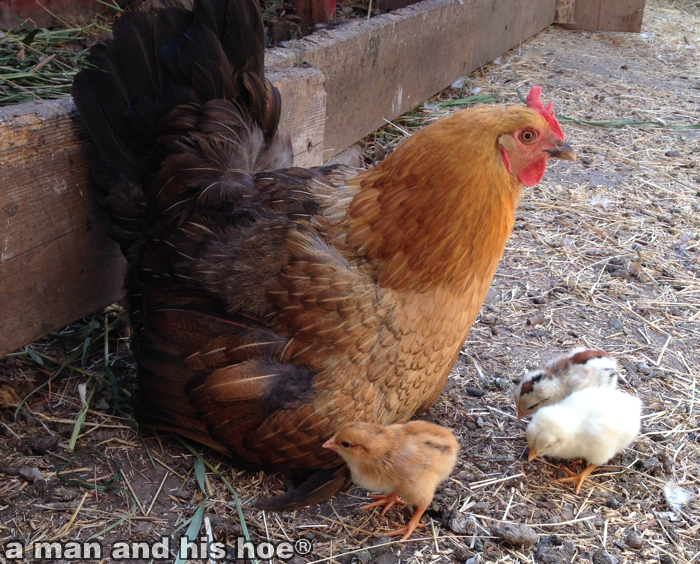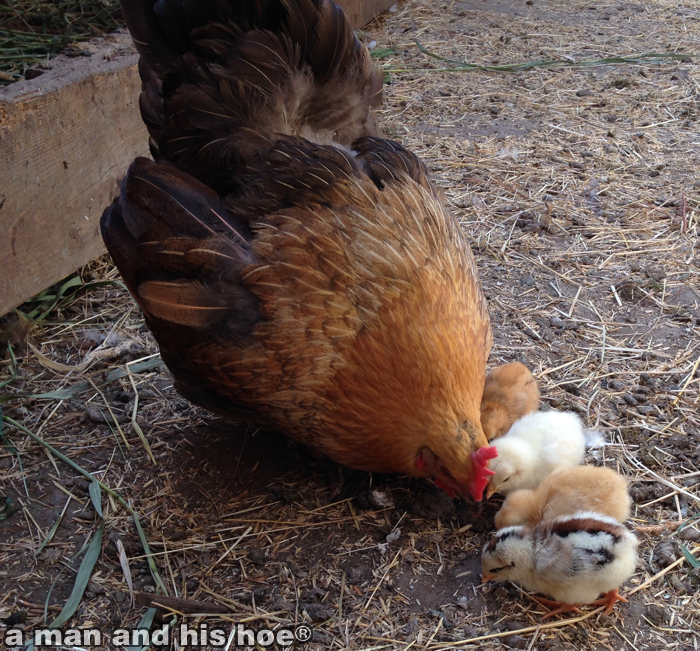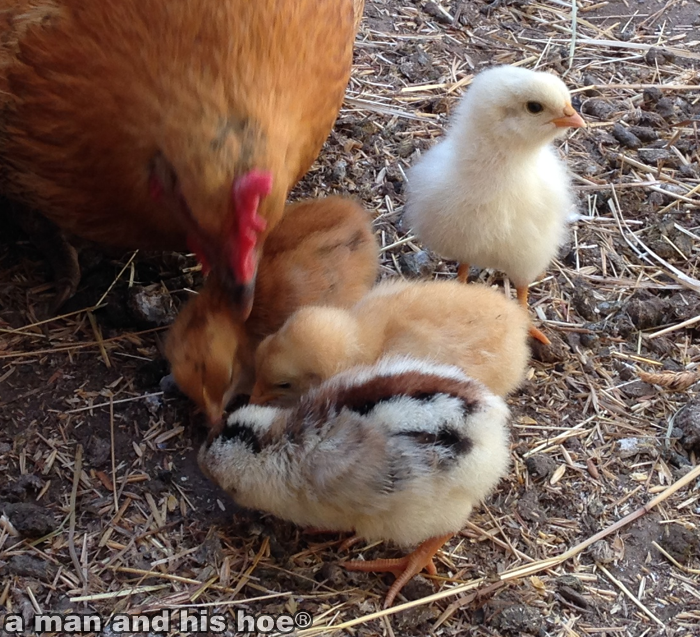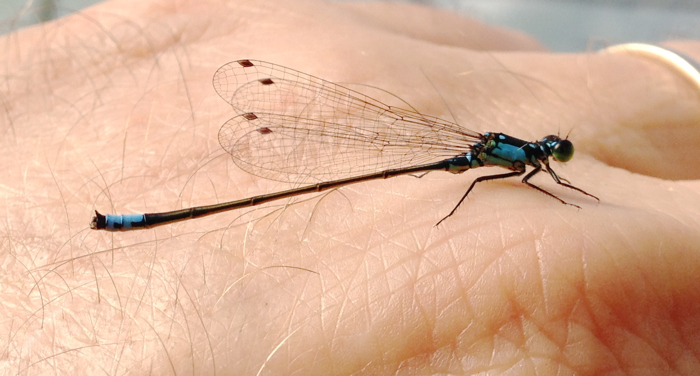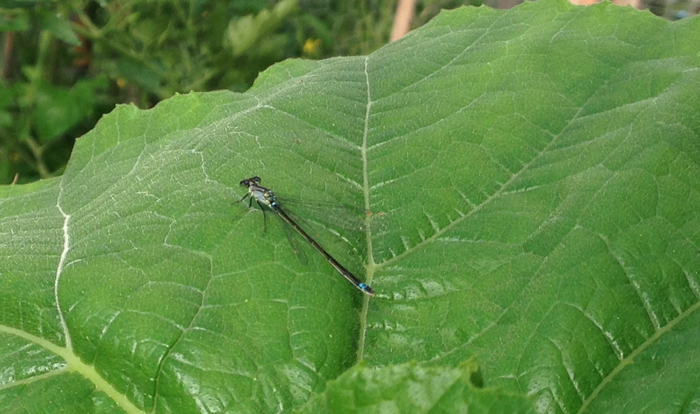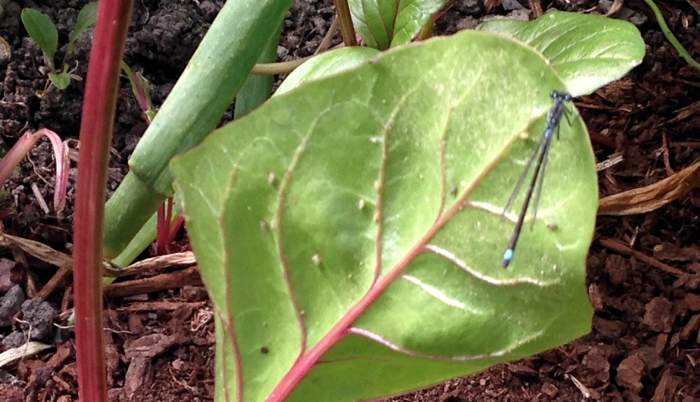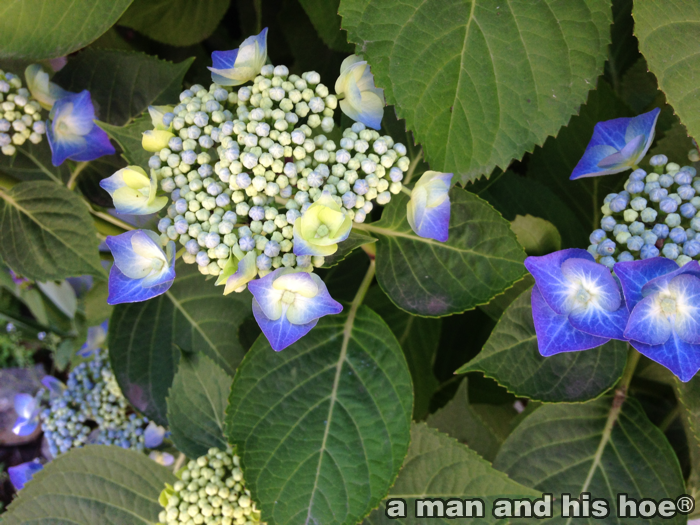Reduce, reuse, recycle is a phrase we often hear. Reuse and recycle is something that nature is constantly doing. In nature, nothing is ever wasted. Everything is something’s food. As soon as something falls or dies, there are millions of organisms feasting on it.
Nature isn’t much for reducing. Nature is prolific to a fault. So when I needed some poles for growing pole beans, nature had plenty of poles ready for me to use.
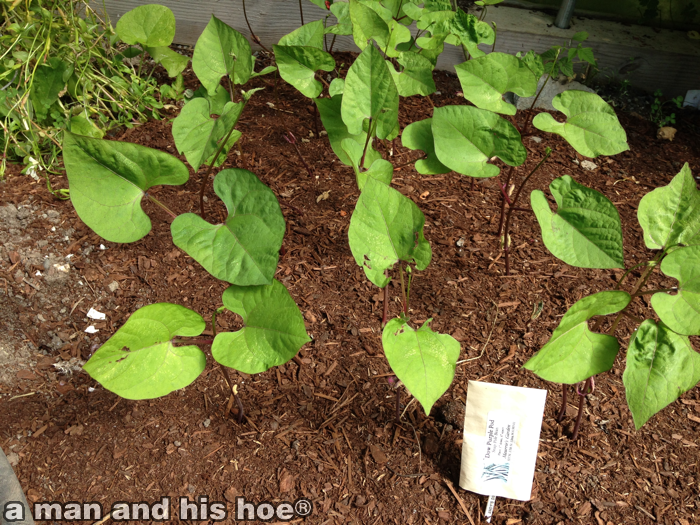
I could go to a garden or hardware store to find some poles, but there are thousands of poles growing here. This is what a j pole factory looks like. There are no buildings. No workers. No managers. Nothing to pollute the air or water. Just young alders turning sunshine into trunks, branches and leaves. After forty minutes of easy work, I have a bundle of poles and a pile of leaves for the compost pile. Those leaves will eventually become onions, potatoes, salad greens, tomatoes, all sorts of good things to eat.
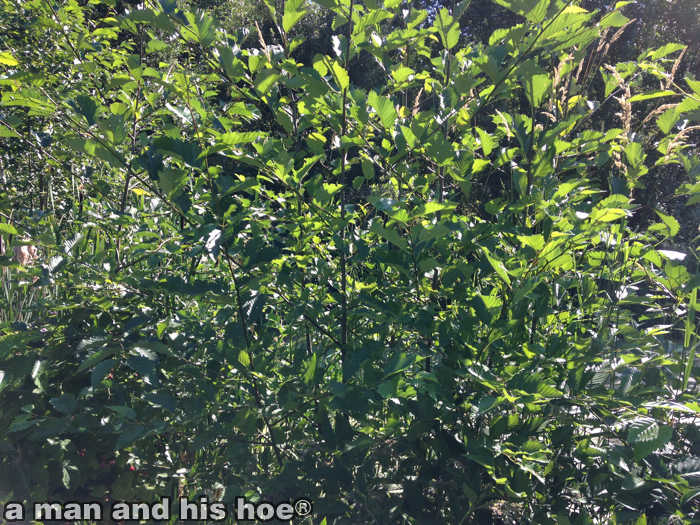
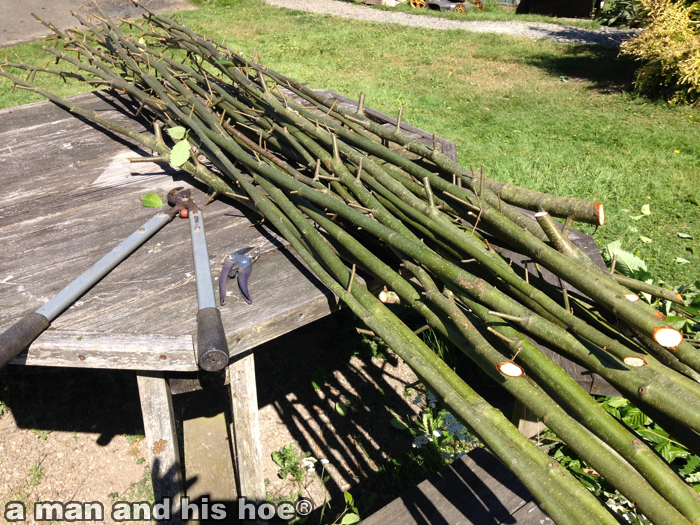
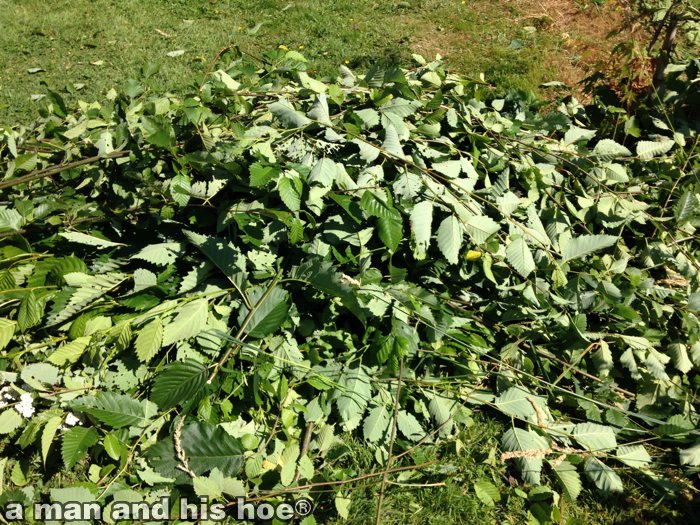
Now the beans have sturdy poles to climb. In the fall when the beans are done, I can pull out the beans and the poles and recycle them in the compost pile. Next year nature will provide plenty of fresh poles to use.
